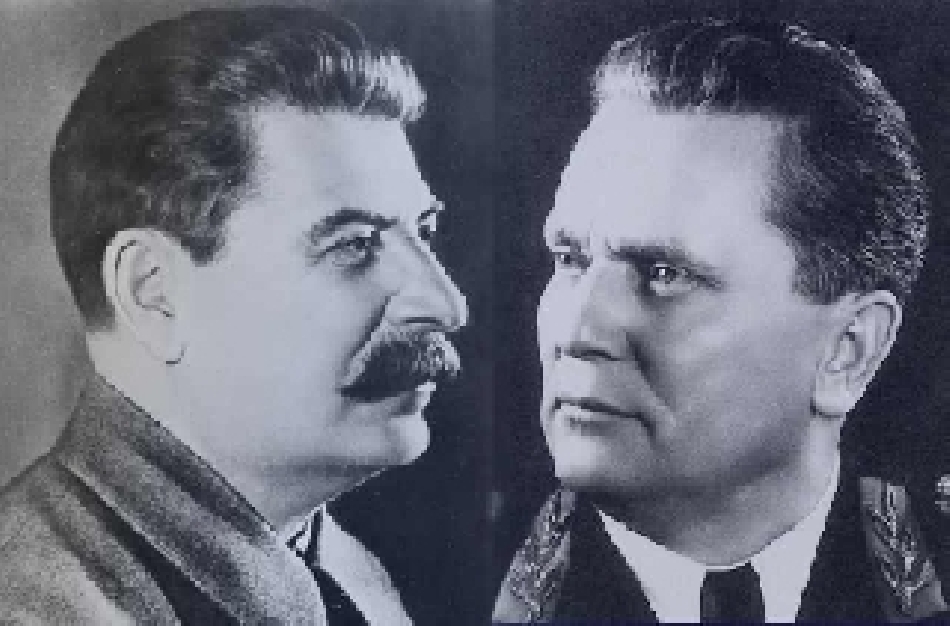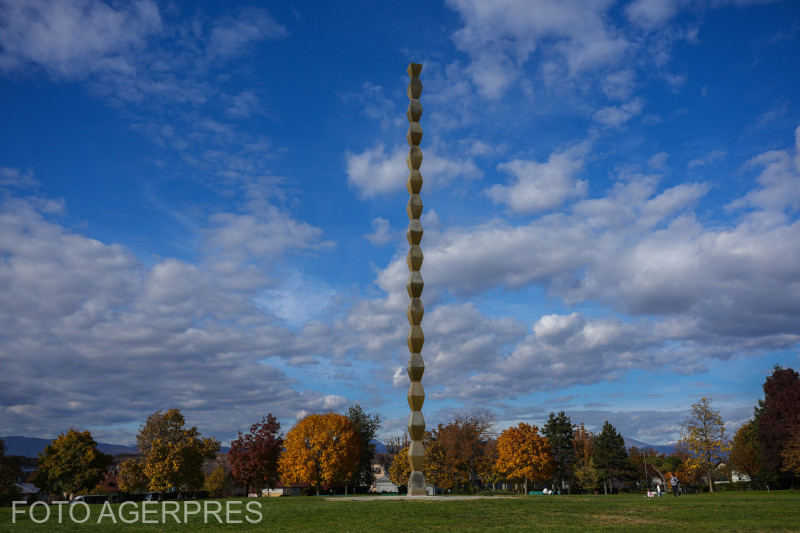The Legionnaire Rebellion of 1941
80 years ago, on January 21st to 23rd 1941, paramilitary forces of the Iron Guard, Romanias Fascist party of the interwar period, started fighting against the government led by General Ion Antonescu, who was supported by the armed forces. General Ion Antonescu, also supported by Hitler, ousted the legionnaires from the government, after in September 1940, four months and a half before, had formed the government together with them. The government formed by the legionnaires and Antonescu preserved the legislation from 1938, under which the Jews lost Romanian citizenship and their businesses were confiscated and given to Romanian entrepreneurs. Tensions between Antonescu and the legionnaires started at the beginning of December 1940. A year later, in 1941, when the legionnaire Interior Minister, Constantin Petrovicescu, was dismissed from the government, tensions turned into street fights. The rebellion consisted of attacks by the legionnaires against the main institutions of the state, such as the army and gendarmes, attacks on synagogues and the killing of 120 Jews. Chaos and violence held sway for a few days in Bucharest and many other cities.

Steliu Lambru, 29.01.2021, 11:02
80 years ago, on January 21st to 23rd 1941, paramilitary forces of the Iron Guard, Romanias Fascist party of the interwar period, started fighting against the government led by General Ion Antonescu, who was supported by the armed forces. General Ion Antonescu, also supported by Hitler, ousted the legionnaires from the government, after in September 1940, four months and a half before, had formed the government together with them. The government formed by the legionnaires and Antonescu preserved the legislation from 1938, under which the Jews lost Romanian citizenship and their businesses were confiscated and given to Romanian entrepreneurs. Tensions between Antonescu and the legionnaires started at the beginning of December 1940. A year later, in 1941, when the legionnaire Interior Minister, Constantin Petrovicescu, was dismissed from the government, tensions turned into street fights. The rebellion consisted of attacks by the legionnaires against the main institutions of the state, such as the army and gendarmes, attacks on synagogues and the killing of 120 Jews. Chaos and violence held sway for a few days in Bucharest and many other cities.
Historian Eliza Campus, who was interviewed in 1999 by the Radio Romania Centre for Oral History, recalled what happened back then. Being of Jewish descent, Eliza Campus was lucky to be surrounded by people who did not share the fanaticism of the legionnaires: “During the rebellion, I used to live on the street now called Bela Breiner, and my landlord was a legionnaire by the name of Niculescu. However, he did have a liking for me. There was a town house in the back and an apartment in the front. I spoke to him, I asked him if he thought there were going to be any raids. He told me that if that happened, he would say that only Christians lived on his property. And that was that. He was a decent man. But the legionnaires did terrible things to my students and their parents. And when the rebellion was over, people still lived in fear. People were going about their business, there was nothing special going on, but people were barricading themselves in their homes. We were walking down the street as usual, I did that every day. But the legionnaires were invading homes, grabbing people, taking them hostage or outright killing them. They took over the school where I was teaching, guns in hand, and took us out in the courtyard at gunpoint, all 800 students. Luckily it was a roomy courtyard. They only took over the school, and left us alone in the courtyard. But they did grab every piece of paperwork from the school. In the end I found everything at the State Archives, where they put them, and could get them back.”
Constantin Matei was working as a technician for Radio Romania, and was head of the legionnaire cell in this institution. He joined the Iron Guard in September 1940. He recorded the following testimony in 1994: “I went to work, to the studio. An army spokesman talked on the air, then the Council of Ministers representative, then the people from the legionnaire movement. I was called to the chairmans office, Director General Minzatu. I was there on behalf of the technical departments. It was midnight, Antonescu was there in pyjamas, his second in command, Mihai Antonescu was there, leaning on a bookcase, and he asked: Who gave you the order to broadcast the communiqués? He was asking Minzatu, who said: It was you, you ordered for everything that comes from the presidency or the legionnaire movement to be broadcast. And then Antonescu said: Does Horia Sima want to prove to me that the country is on his side because the workers at Malaxa are with him? Ill show you tomorrow that the intellectuals and the army are on General Antonescus side, and thats it. No more communiqués, no more agitation! You will only broadcast what you get from the presidency!. I went to the broadcast tower in Baneasa, the German army was there. A captain who spoke Romanian very well told us: Horia Sima doesnt know how to do politics. Im sorry for you, go about your business, Antonescu has won this round.”
Mihail Baron, a general in the gendarmerie, was recorded in 1995 recalling the legionnaire movements in January 1941, and how he carried out his orders: “On the morning of the 21st, they started attacking the headquarters of the local and central authorities all over the country. With the advantage of surprise, they took over the Justice Ministry, the National Registry, and all the other central offices, such as the National Bank, the National Savings Bank, and the central Post Office building. They could not take over the national radio building. They managed to grab the Bod radio station, but not in Bucharest, because they had there gendarme guards, who reacted promptly. And then, in order to be able to communicate with the country, they cut the underground cable and set up a mobile studio, driving around the capital city, spreading stories such as that the government had fallen and that the legionnaires were victorious. They were also putting up posters. They were red or yellow posters, some attacking the Free Masons, other attacking the communists, in order to create a tense atmosphere. On the 21st, the roads were full of legionnaires, making noise and shouting Legionnaire victory!. They blocked the streets with trucks, trams, buses, gasoline tans, ready to light them up if they needed to. On the 22nd, at around 2 PM, Marshall Antonescu, seeing all those acts of cruelty, and all the people that had been hurt, ordered the Army into action, ordered them to wipe out the resistance and arrest the rebels.”
After the rebellion, around 8,000 legionnaires were arrested, prosecuted and sentenced. Around 700 took refuge in Germany, among them their leader, Horia Sima. In the aftermath, Ion Antonescu was left sole ruler on the Romanian political stage.






























